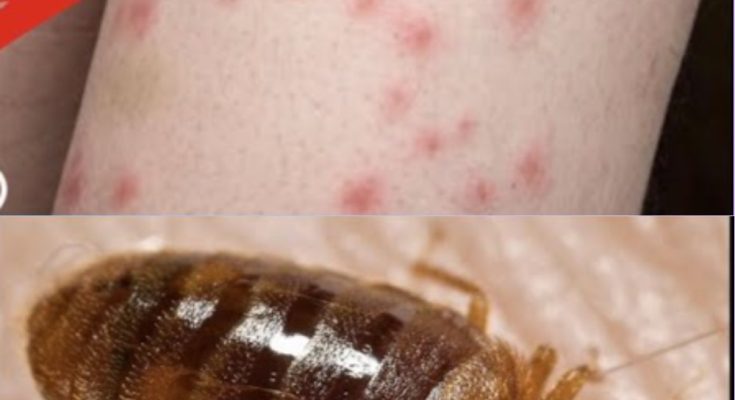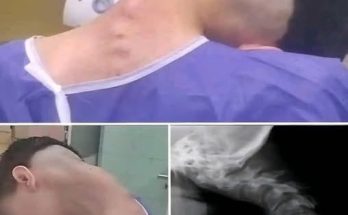As a large language model, I am not a doctor and cannot provide medical advice. However, I can give you a detailed explanation of bed bugs, covering their symptoms, treatment, and prevention, for informational purposes.
Bed Bugs: An Explanation
Bed bugs are small, reddish-brown, wingless insects that feed solely on the blood of warm-blooded animals, primarily humans. They are nocturnal, meaning they are most active at night when people are sleeping. Despite their name, bed bugs can live anywhere in a home, not just in beds. They are a nuisance, and their bites can be itchy and irritating, but they are not known to transmit diseases.
1. Symptoms and Signs of Bed Bugs
The primary “symptom” of bed bugs is the presence of their bites on the skin. However, identifying bed bug bites can be tricky because they often resemble bites from other insects like mosquitoes or fleas.
Symptoms (on the skin):
- Itchy welts: Bed bug bites typically appear as red, itchy bumps or welts on the skin. The itchiness can range from mild to intense.
- Arrangement: Bites often appear in lines or clusters (sometimes called “breakfast, lunch, and dinner” pattern) on exposed skin, such as the face, neck, arms, and legs. This is because a bed bug may feed multiple times as it searches for a blood vessel.
- Timing: Bites may not appear immediately after being bitten. It can take a few hours or even several days for the welts to develop, depending on an individual’s sensitivity.
- Individual Reaction: Not everyone reacts to bed bug bites. Some people develop significant welts, while others may have no visible reaction at all, even if they are being bitten. Children and individuals with sensitive skin often have more pronounced reactions.
- Secondary Infections: Excessive scratching can break the skin, leading to bacterial infections (e.g., impetigo, cellulitis), which would then present with additional symptoms like pus, redness, and increased pain.
Signs (in your environment):
Finding evidence of bed bugs in your home is the most reliable way to confirm an infestation. Look for:
- Live bed bugs: Adult bed bugs are about the size of an apple seed (4-5 mm long), flat, and oval-shaped. After feeding, they become engorged, reddish, and more elongated. Nymphs (young bed bugs) are smaller and translucent.
- Fecal spots: Small, dark, rust-colored spots (looks like ink dots) on mattresses, bedding, bed frames, walls, or furniture. These are dried bed bug excrement.
- Shed skins (exoskeletons): Bed bugs shed their skin five times as they grow from nymph to adult. You may find these translucent, empty shells.
- Blood stains: Small, rusty or reddish stains on sheets or mattresses, which can be from crushed bed bugs or from bites that bled a little.
- Eggs: Tiny (about 1 mm), pearly white, oval eggs found in crevices.
- Musty odor: In heavy infestations, a sweet, musty odor may be noticeable.
Common hiding places for bed bugs:
- Mattress seams, tags, and piping
- Box springs
- Bed frames and headboards
- Cracks and crevices in walls, particularly near the bed
- Behind wallpaper and picture frames
- In electrical outlets and light switches
- Under loose carpet edges
- In furniture (especially upholstered furniture)

